Overall this is a collection of environmental sensors to monitor and control my house.
The following locations will be monitored:
- Garage (temp, humidity, pressure tVOC) [possible expansion to monitor household current use as well as furnace oil tank level]
- Yard (temp, humidity, pressure, solar panel output, supercapacitor bank voltage)
- Back shed (temp, humidity, pressure)
- Main thermostat location (temp, humidity, pressure, tVOC, battery backup voltage level, ambient light level, output demand output to furnace)
- Master bedroom (temp, humidity)
- Attic (ambient temp, domestic cold water pipe temp, domestic hot water pipe temp, baseboard heating return temp)
- Office (temp, LoRa gateway)
Logging will be to Prometheus database with Grafana front end.
Control/update protocol yet to be determined
Nodes inside the house will use WiFi
Nodes outside and in back shed will use LoRa
Temp control of furnace will be a combination of inputs: user requested temp, average of interior measured temps, lower threshold for domestic water pipes.
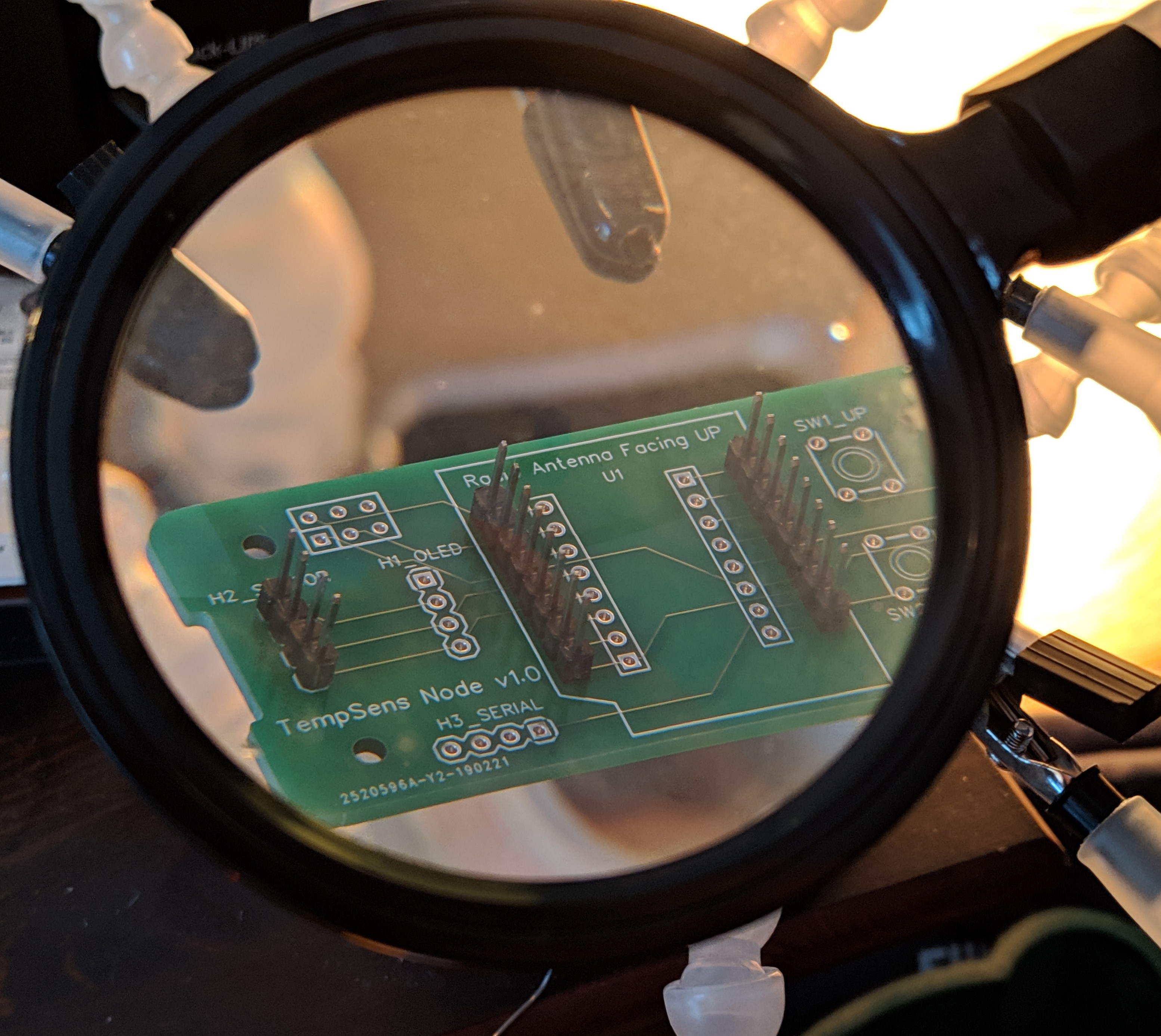
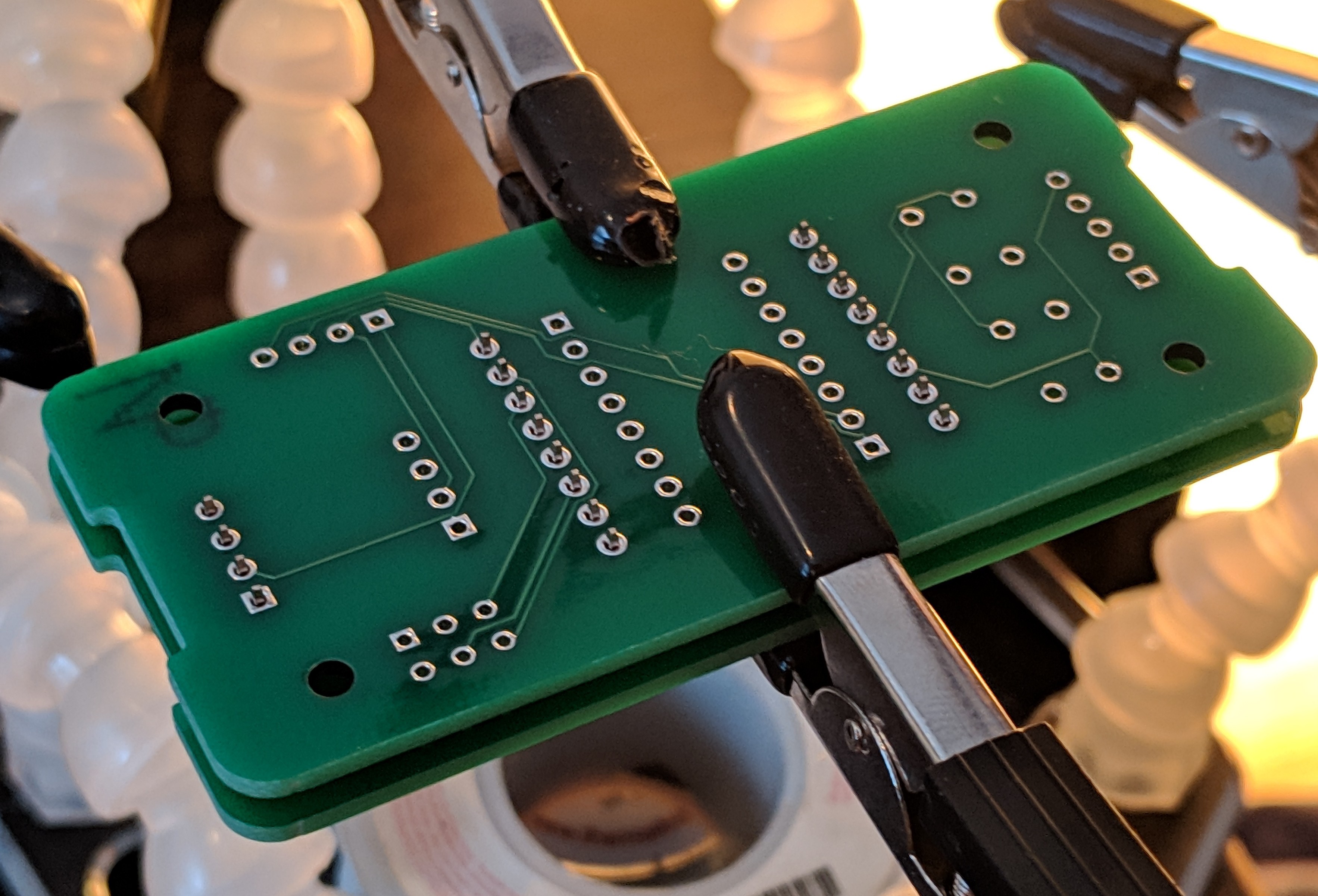
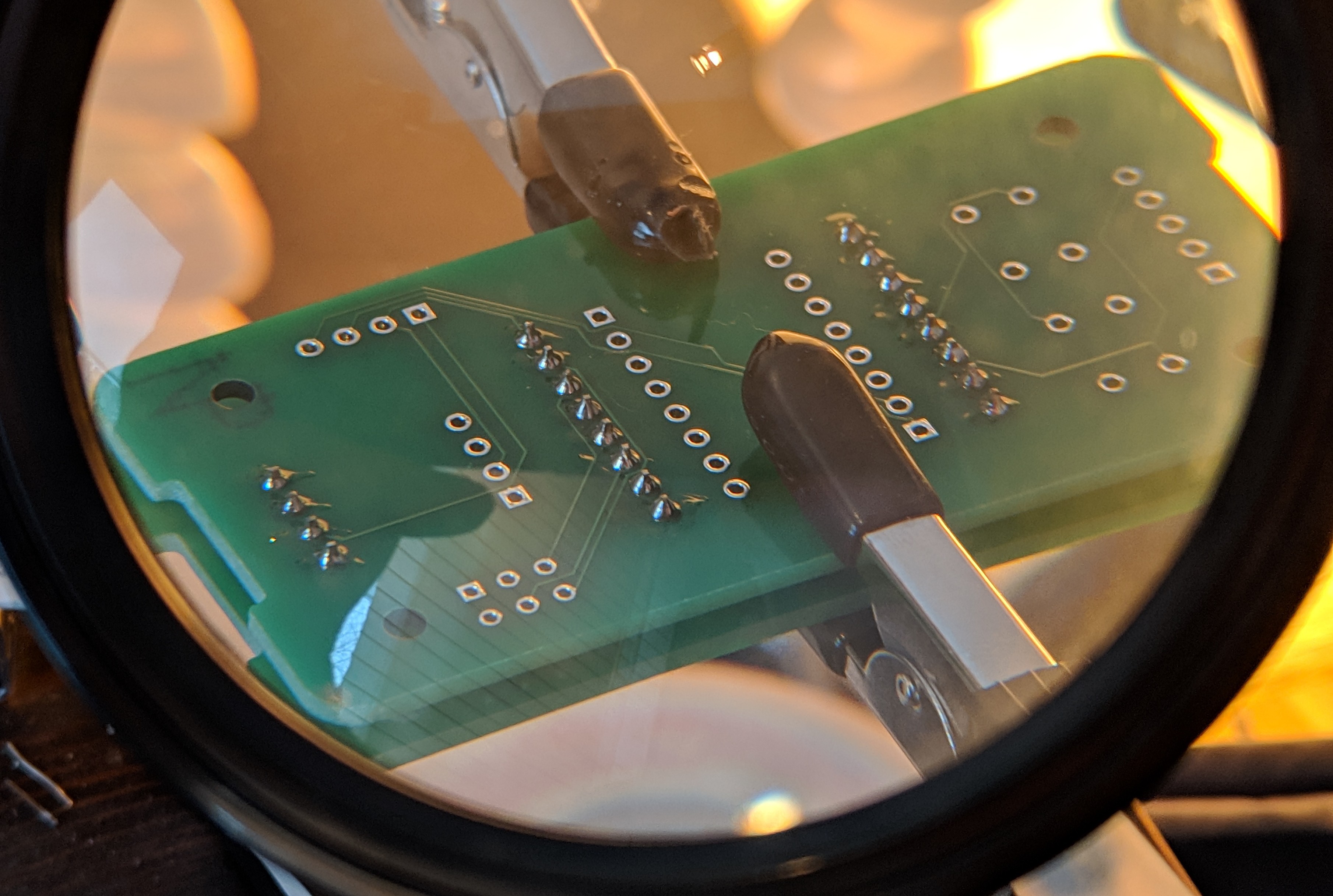
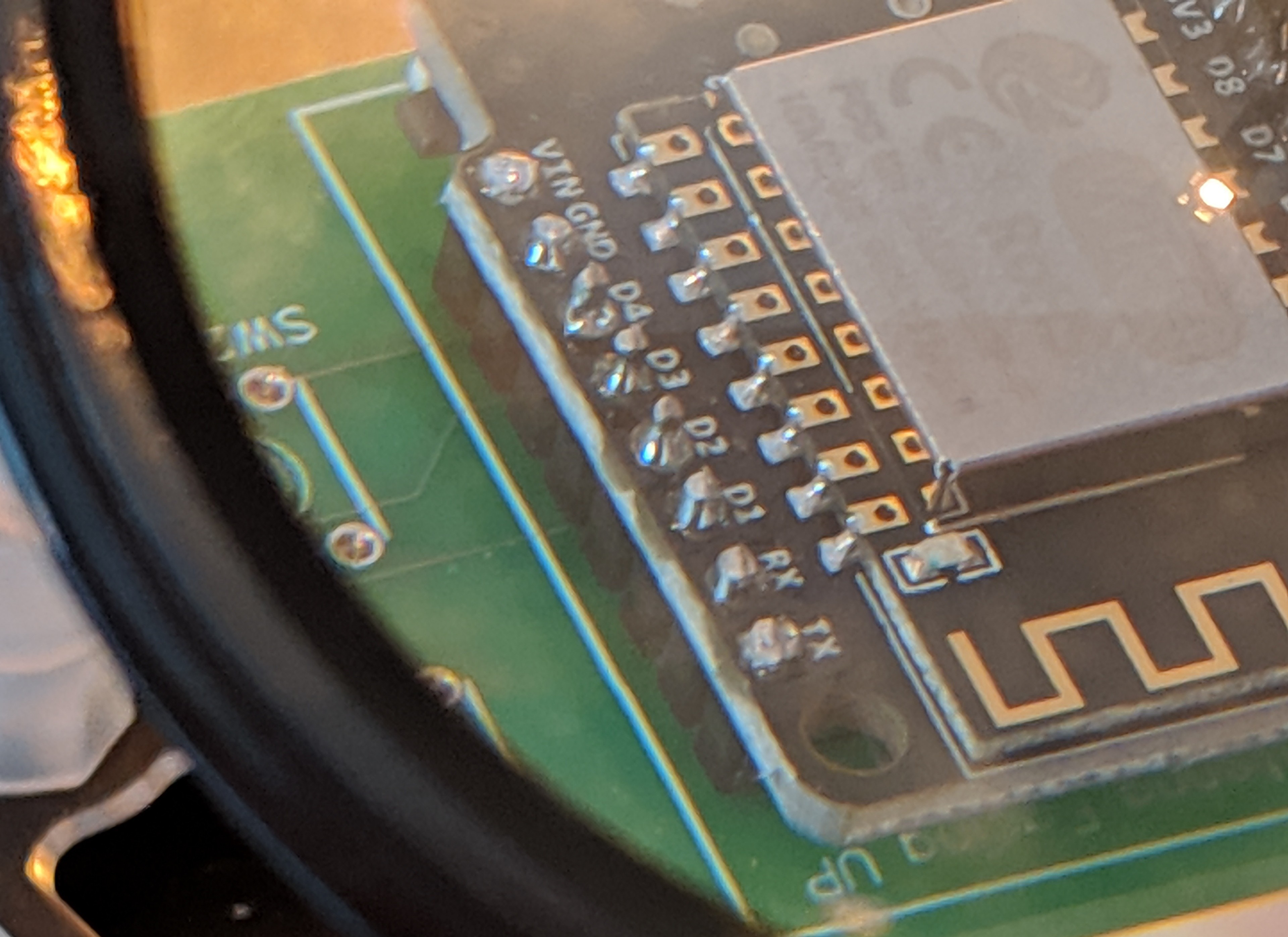
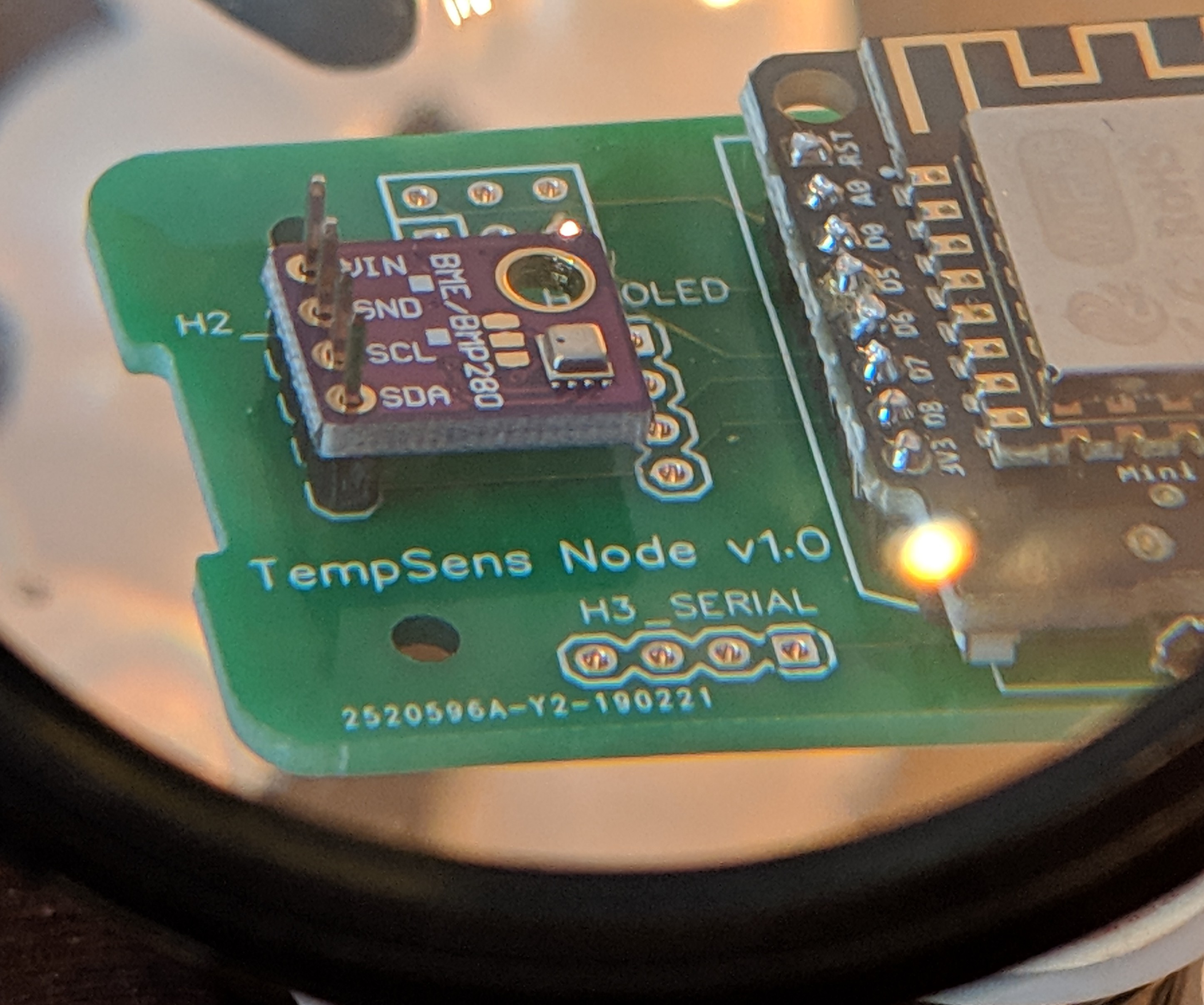
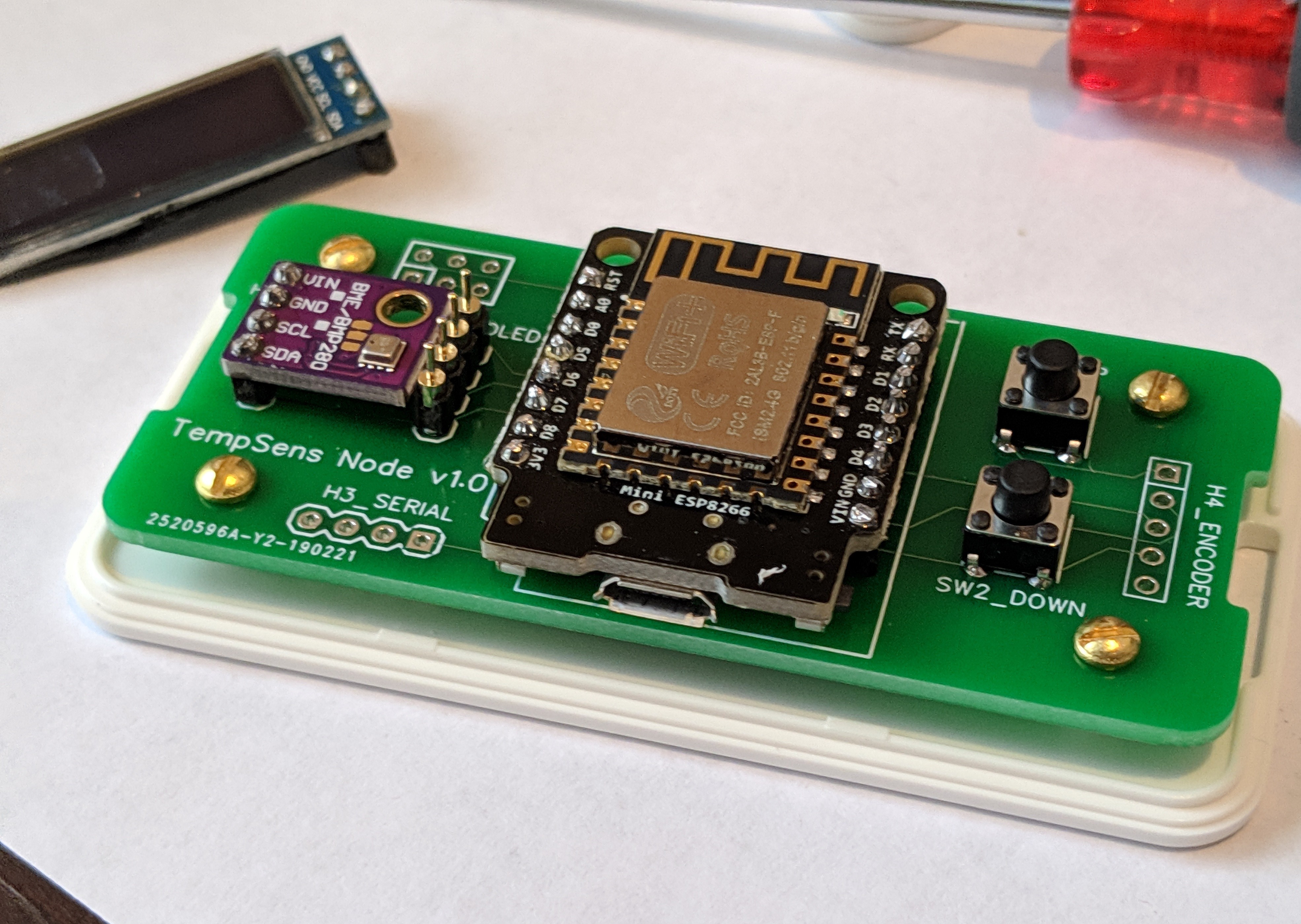
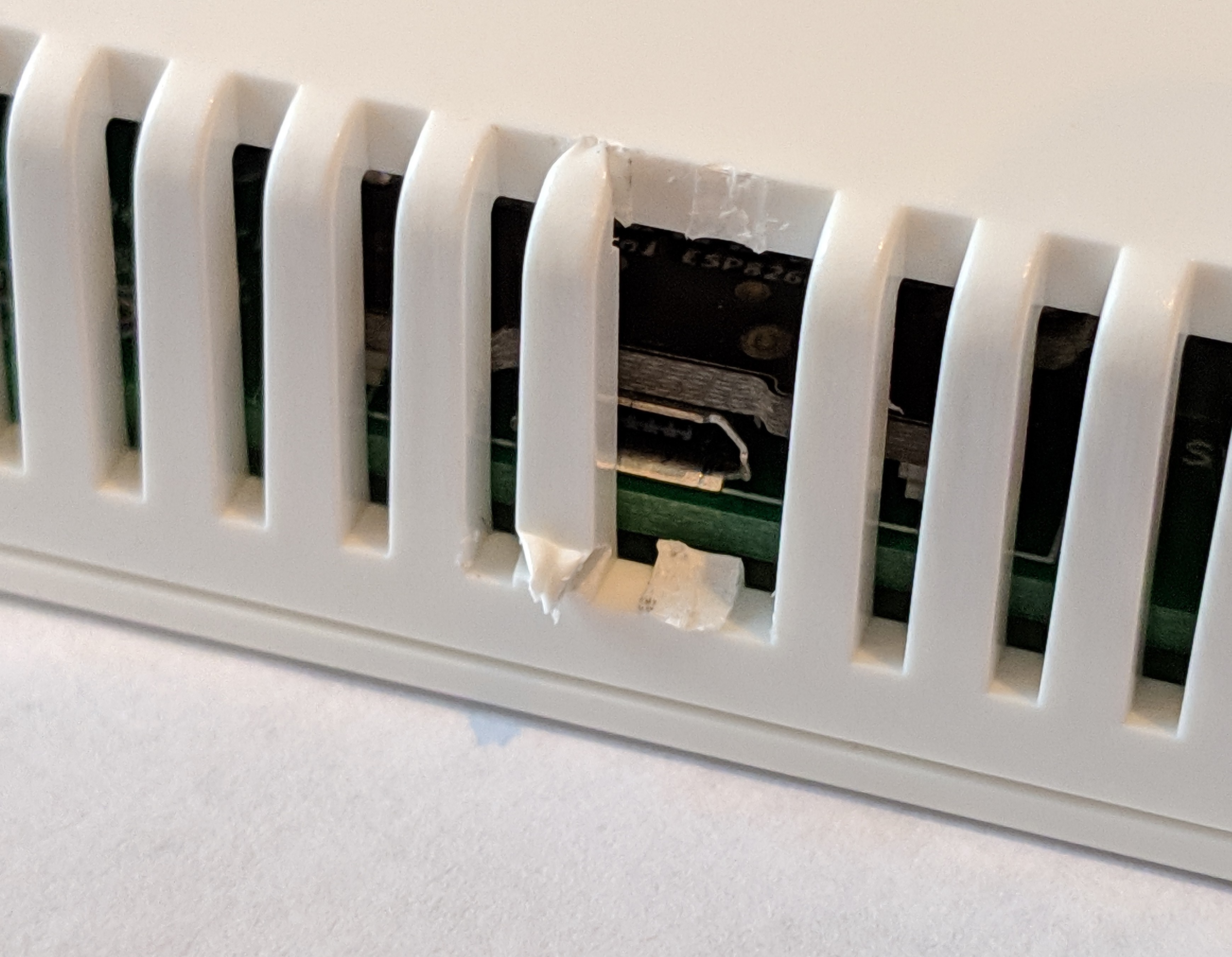
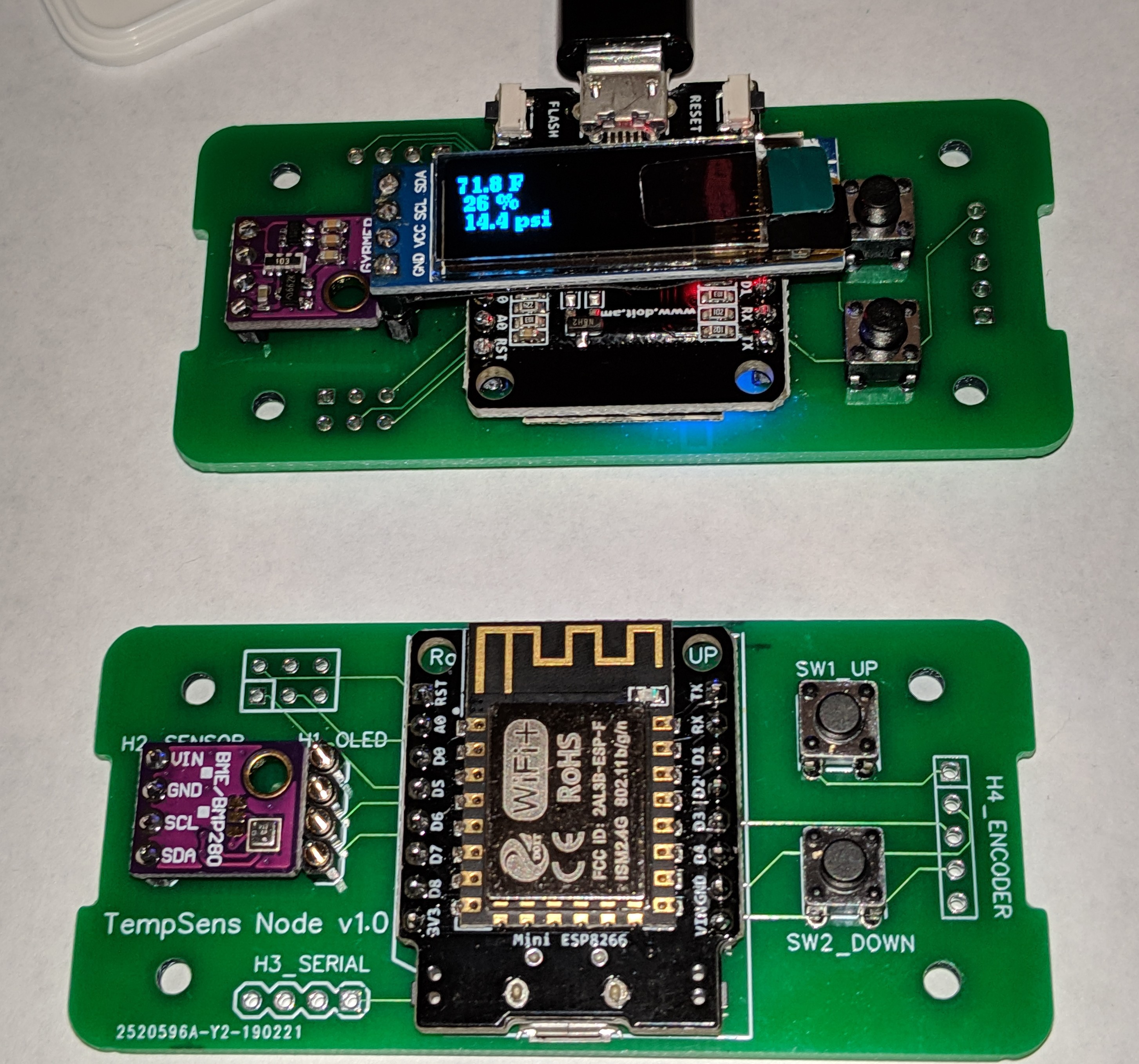
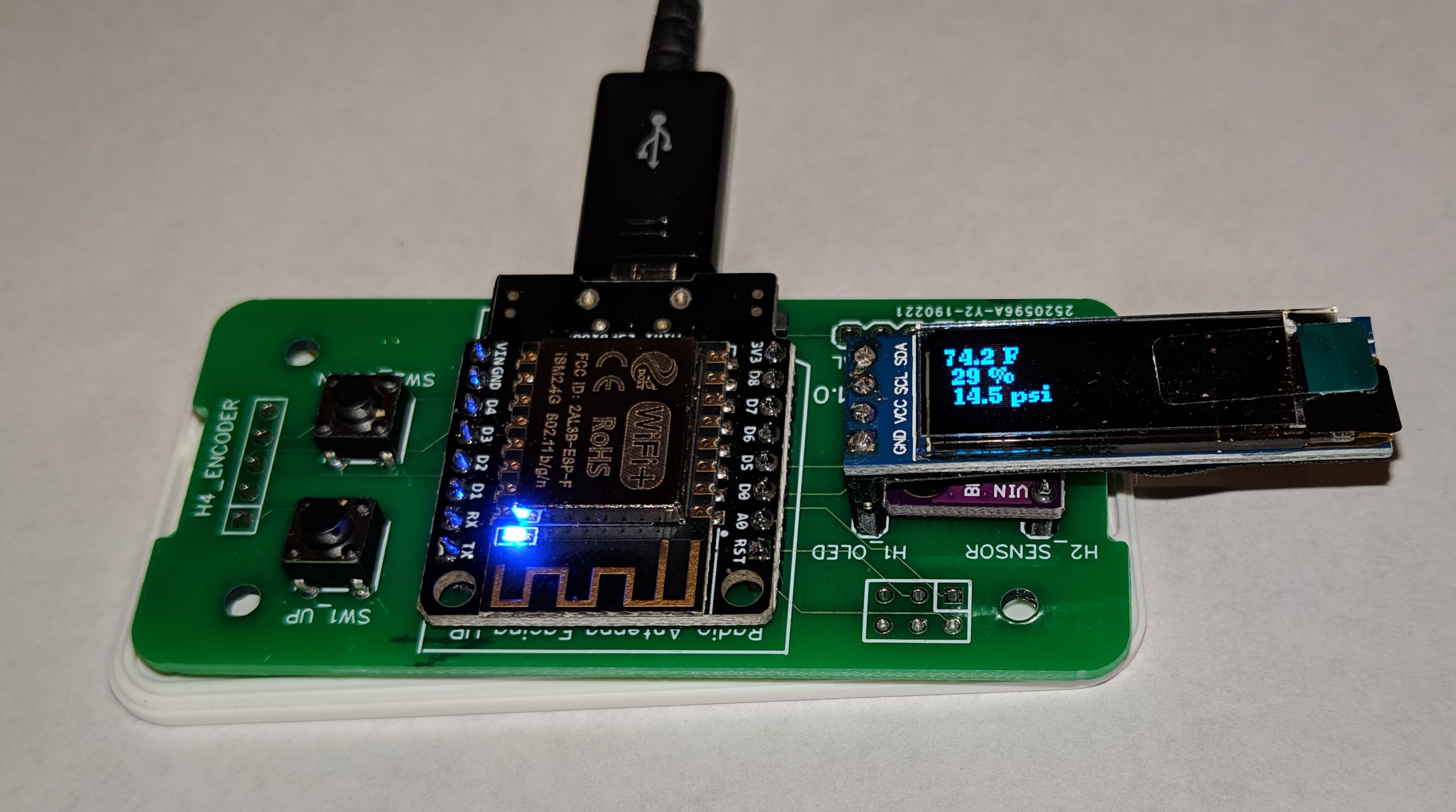
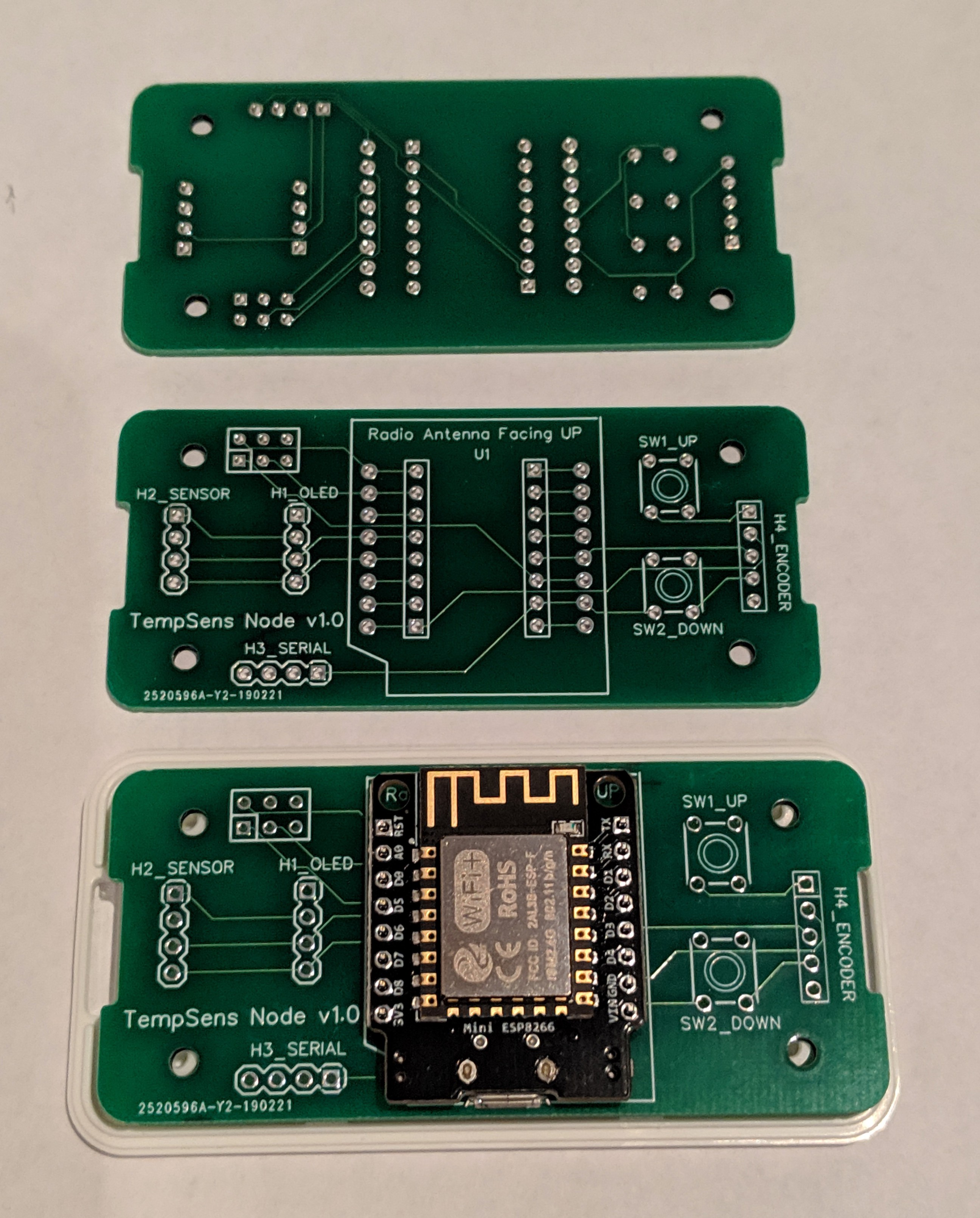
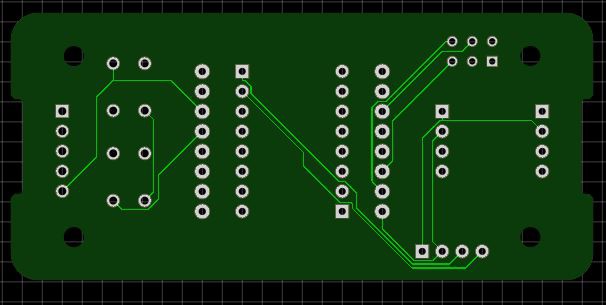
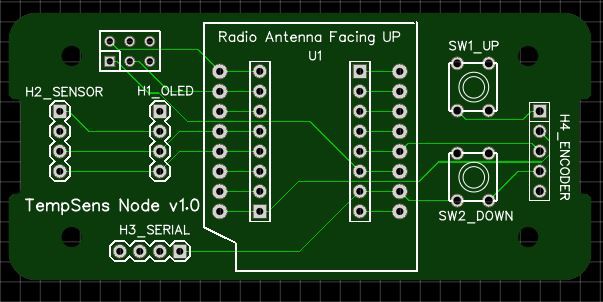
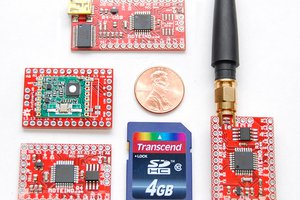
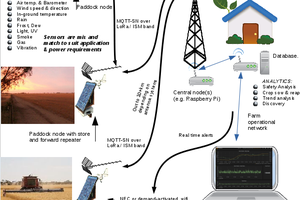
 pastcompute
pastcompute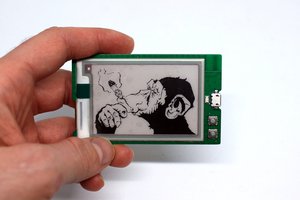
 Dimitar
Dimitar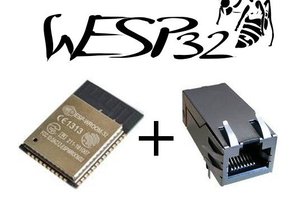
 Patrick Van Oosterwijck
Patrick Van Oosterwijck